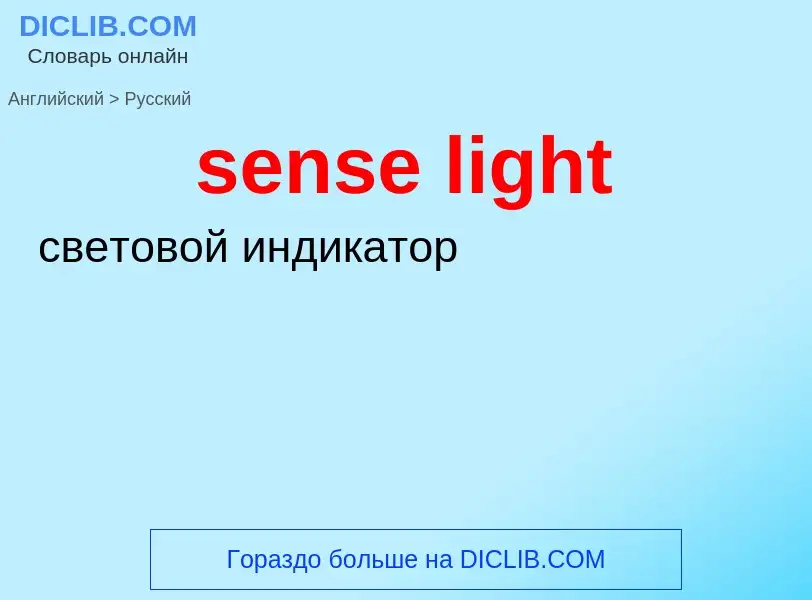Übersetzung und Analyse von Wörtern durch künstliche Intelligenz ChatGPT
Auf dieser Seite erhalten Sie eine detaillierte Analyse eines Wortes oder einer Phrase mithilfe der besten heute verfügbaren Technologie der künstlichen Intelligenz:
- wie das Wort verwendet wird
- Häufigkeit der Nutzung
- es wird häufiger in mündlicher oder schriftlicher Rede verwendet
- Wortübersetzungsoptionen
- Anwendungsbeispiele (mehrere Phrasen mit Übersetzung)
- Etymologie
sense light - Übersetzung nach russisch
общая лексика
антисмысловой
математика
отрицательное направление
Definition
Wikipedia
In linguistics, a word sense is one of the meanings of a word. For example, a dictionary may have over 50 different senses of the word "play", each of these having a different meaning based on the context of the word's usage in a sentence, as follows:
We went to see the play Romeo and Juliet at the theater.
The coach devised a great play that put the visiting team on the defensive.
The children went out to play in the park.
In each sentence different collocates of "play" signal its different meanings.
People and computers, as they read words, must use a process called word-sense disambiguation to reconstruct the likely intended meaning of a word. This process uses context to narrow the possible senses down to the probable ones. The context includes such things as the ideas conveyed by adjacent words and nearby phrases, the known or probable purpose and register of the conversation or document, and the orientation (time and place) implied or expressed. The disambiguation is thus context-sensitive.
Advanced semantic analysis has resulted in a sub-distinction. A word sense corresponds either neatly to a seme (the smallest possible unit of meaning) or a sememe (larger unit of meaning), and polysemy of a word of phrase is the property of having multiple semes or sememes and thus multiple senses.

